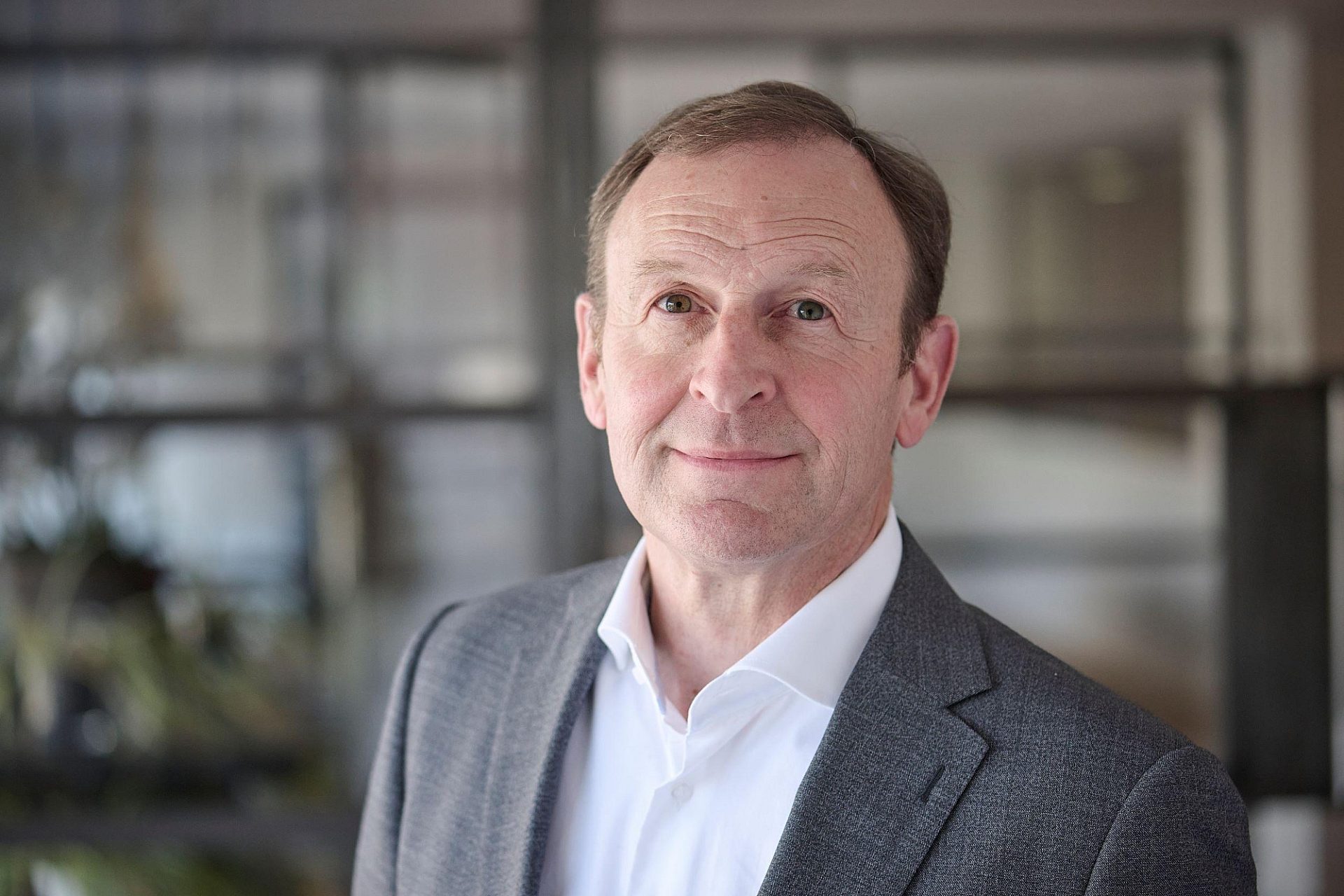Reflections from Schiphol Group, CCV Group, and Achmea Investment Management, in particular, described being culturally, organizationally, and technologically prepared to deal with pandemic and its lockdowns. As we wrote in our 2020 annual report, “in many cases the companies had already, albeit at a limited scale, organized their work processes to be free of time and place restrictions.”
So, for this past year, we certainly wanted to know: how did our customers’ readiness for unexpected, dynamic situations age? Were their organizations and, specifically, their technology up to 2021’s ongoing pandemic and more – alas, new – crises? To find out, we spoke with representatives from multinational bank and financial services company Rabobank, principal Dutch railway operator NS, and the Netherlands’ Ministry of Finance.
Not close, but still personal
More than ever, organizations have been pressed to provide access to large groups of people while ensuring that each and every end user still gets attention that feels relevant and speaks to them personally. Achieving that balancing act is something many of our customers are committed to. But nowadays it’s far from easy. There are simply more people to serve, more organizations to compete with, markets have become more diversified, and end users themselves don’t have as much time to be doted on, let alone to stay loyal to one brand.
This tension was illustrated by Dennis Janssen, senior vice president at Rabobank. “Private banking always focused on the wealthy. People in a nice suit would come by the actual office, be received by our reception cordially and served a cup of coffee by the secretary,” he recalled. “Yet today, we also have very young internet millionaires as customers who don’t care about this special treatment at all. They don’t want a private banker or someone like that. They just sit down at a Starbucks, grab a juice, log in to their digital environment, chat a bit, and after that, they do business digitally, ensuring that their assets remain well invested. We see how the younger generation is ushering in other ideas, and to respond to the needs of this group, we had to adopt the technology.”
Despite its decreased physical closeness with their customers these days, Rabobank can still pursue its objective “to actually always be there for a customer,” emphasized Dennis Janssen. By digitizing as many services as possible and channeling its desire to get personal into digital solutions, the bank still provides the best experience it can for its customers.
Being there for customers without being present is a paradox NS has also embraced. “COVID accelerated changes that were already in the works to have fewer staff working at the stations and serving as conductors on the train. We’re riding between Gouda and Alphen aan den Rijn without conductors altogether. And we want to see if conductor-less riding can contribute to a faster service, say, between Schiphol and Amsterdam,” said NS ICT manager Wim Liet.
What’s more, while security may not be a highly conspicuous component of user experience, it is integral to allowing our customers to always be there for their customers. Plus, organizations operating in markets that have huge societal impact need extra security.
“The relationship between that whole digitization struggle and the reliability of the security around it: that’s a very big challenge. So how do you make sure that you have that robust IT, so you can be flexible and do a lot, but also have the whole information security dimension well calibrated?” said Tanja van Burgel, CIO of the core department of the Netherlands’ Ministry of Finance. Answering her own question, she cited the importance of having a cloud that is located in the Netherlands. “It was a very conscious choice for us to do business with a party that doesn’t have a datacenter overseas. Transitioning to Schuberg Philis’s private cloud was therefore very exciting for us.”
Same mission, different medium
Although their medium of service delivery may have changed, the missions of many of our customers have not. This is readily apparent in centuries-old organizations, which have had much time to define and refine their raison d’être. Yet, as much as they want their technology to keep with the times and, in doing so, better serve the public, their long legacies and time-tested styles of governance also moderate the pace of digital transformation.
“As core business, we’re actually still doing kind of the same thing we did 200 years ago, only in a different way,” said Tanja van Burgel. “The goal of the ministry did not change, but digitization has certainly taken off in recent years and, although we do work with innovative components, finance tends to keep to its traditions.”
Much like our other GovTech customers, the ministry might not be an early mover, but it appreciates the need to evolve. In this case, the swift adaption of technology and organizational agility must be weighed against the risks incurred when handling society’s most valuable assets.
“If a technological innovation proves reliable, then we’ll be inclined to do it too. I think that’s logical, because you don’t test innovative things on the Dutch treasury. That would be pretty enervating,” said Tanja van Burgel. “As a company you actually want to be stable and future-proof as well. Predictability in a period when from time to time maybe very unpredictable things happen: I think that is important.”
That finance is based on tradition, but that technology can transform traditions is something Dennis Janssen acknowledges too. “When I started working at Rabobank, every village in the Netherlands had a church, a cafe, and a branch of our bank,” he remembered of his early days with the company 17 years ago. “Now walk through an average town, and most of the Rabobanks have left, the ATMs included. But still, we want to reach many people and offer individuals personalized service and advice. We do that by taking what I call ‘a Rabo pendulum’ approach: on the one side are all the individuals and local branches; on the other are all our digitization efforts. To give our customers the best experience, we swing between both sides: being people-focused and exploiting technology.”
Among the companies we spoke with for this article, NS is the relative youngster. The 84-year-old company, however, has had to reboot its vision also. “We’re evolving from moving people from A to B, to understanding what moves people. Everybody wants to keep travel safe, enjoyable and affordable,” reads the NS website. “That means: seizing the specific opportunities offered by new technologies.”





